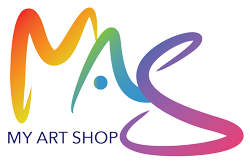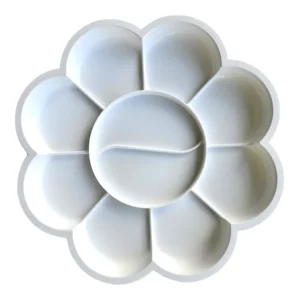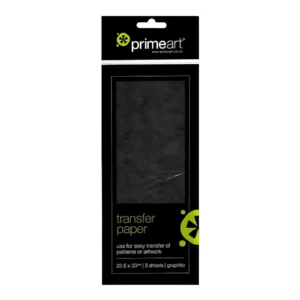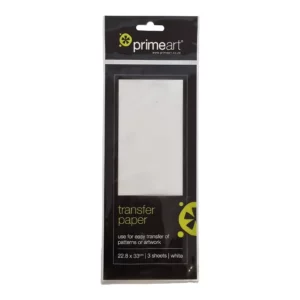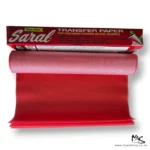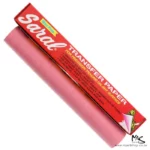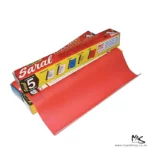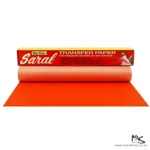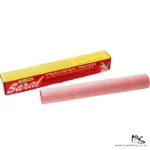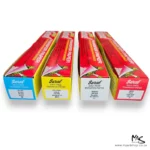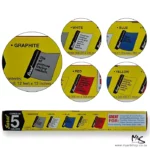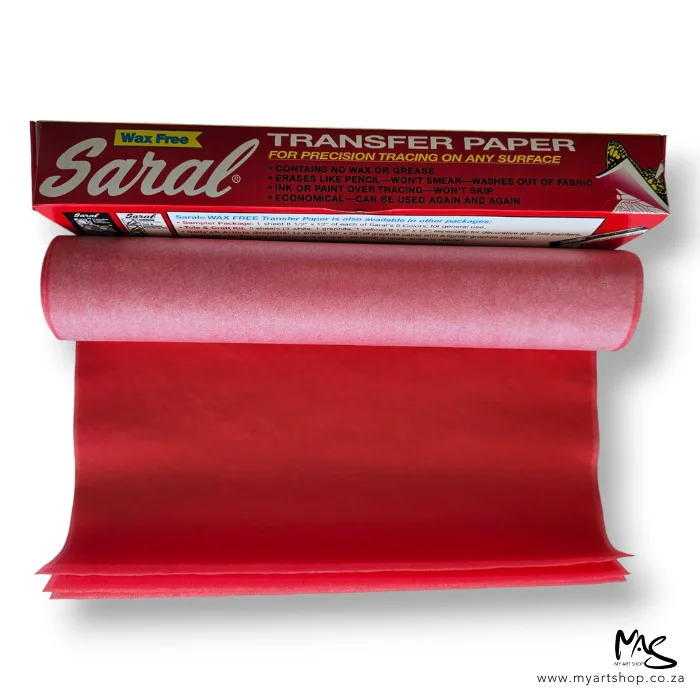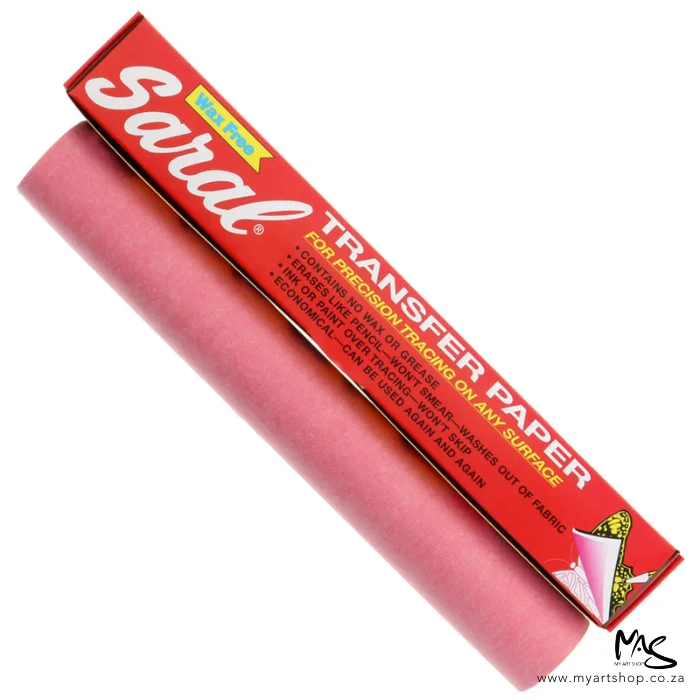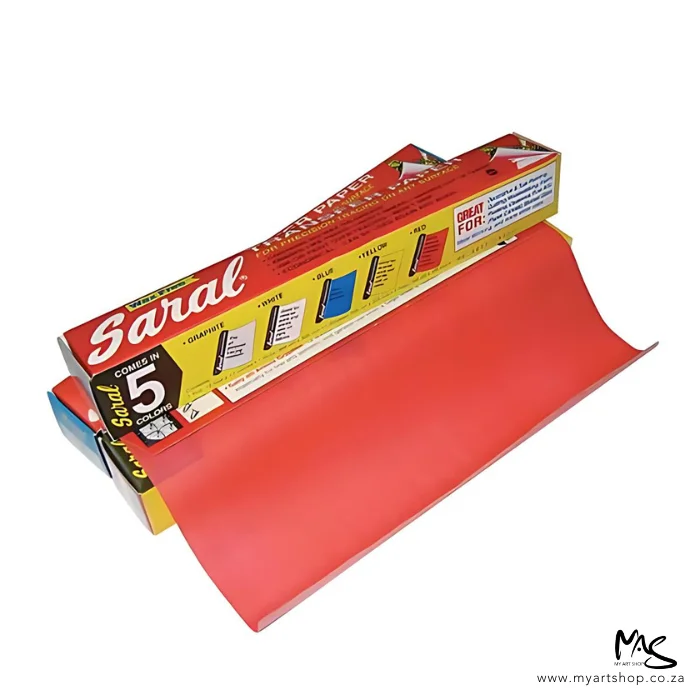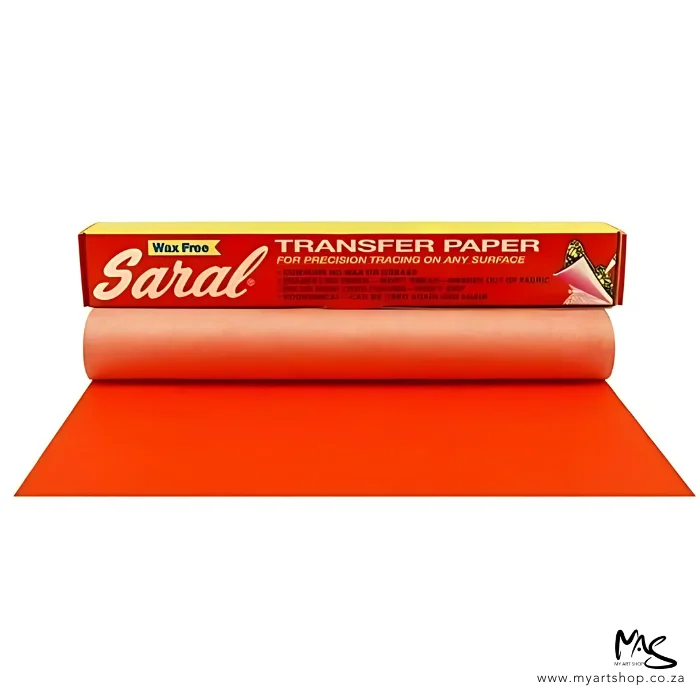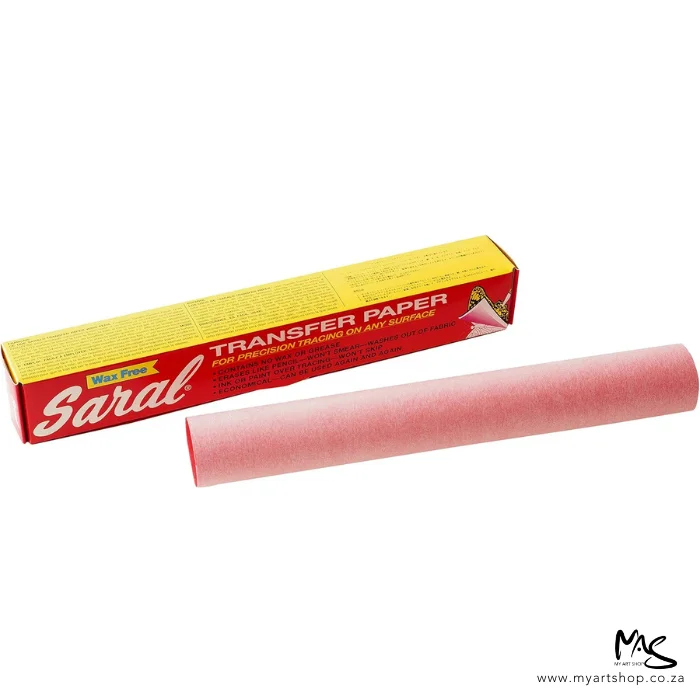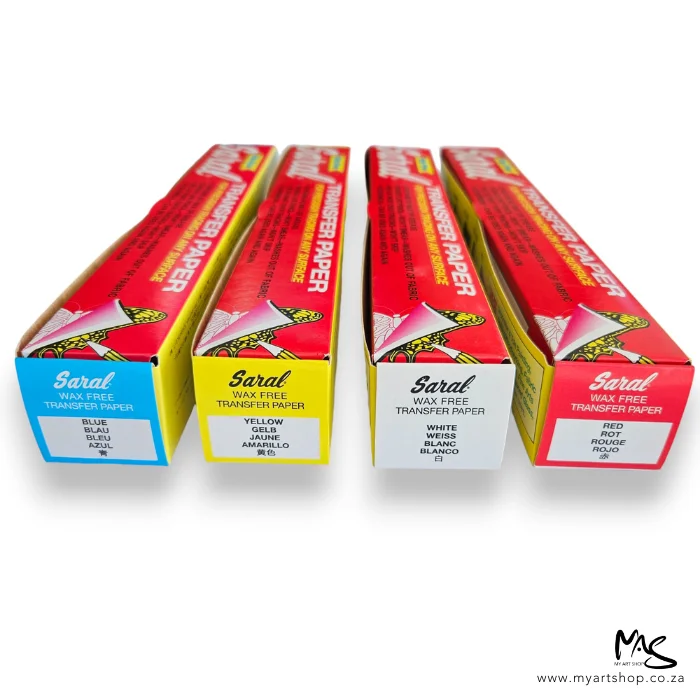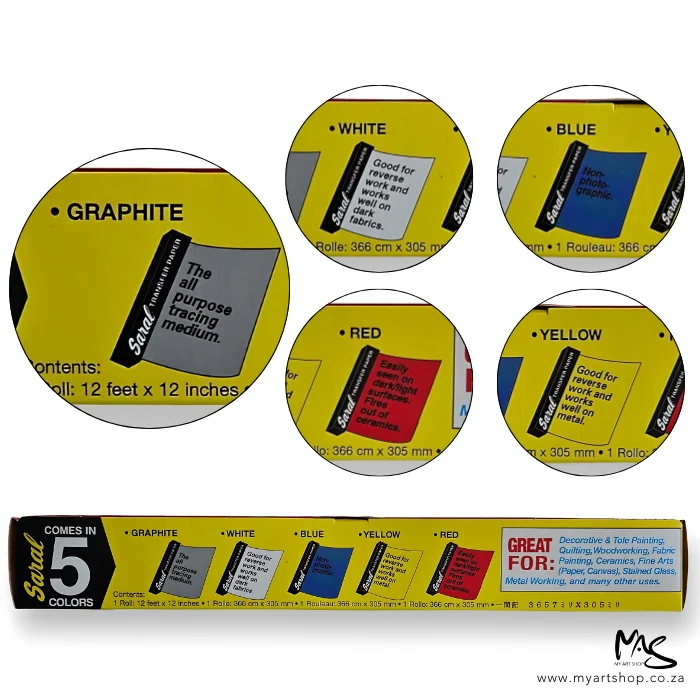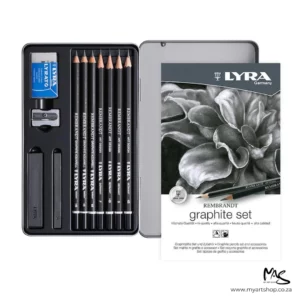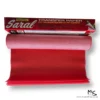How to use the Saral Wax Free Transfer Paper Roll:
Make the lightest transfer line possible that you can still see.
This will make it easier to erase or remove the line later if needed.
Before using, lightly wipe the unused transfer paper with a tissue to remove any excess coating or dust, which can help prevent smudging.
When transferring the design, avoid smudging by securing the transfer paper to the surface with tape or holding it in place with your fingertips, not the palm of your hand.
If any smudging occurs, you can try lightly rubbing the area with a large eraser.
You can also carefully remove smudges using isopropyl (rubbing) alcohol and a cotton swab, but be sure to test it first on a small, inconspicuous area.
On watercolour paper, make the lightest, thinnest transfer line possible so it can be easily erased before painting.
Be very gentle when erasing to avoid damaging the paper fibers.
The transfer lines from the Saral paper will wash out of fabrics, but may brush off some fabrics like t-shirt cotton depending on the colour.
The key is to use the lightest touch possible when transferring the design to avoid smudging or leaving prominent lines that are difficult to remove.
Saral Colours – Uses Simplified:
- Graphite: Good for tracing on various surfaces like paper, wood, fabric, and metal.
- Red: Great for ceramics, shows well on light or dark surfaces, and works on plastics and enamel.
- Blue: Doesn’t affect photos, ideal for technical drawings and easy to see for painters.
- Yellow and White: Useful for tracing on dark surfaces like fabrics, wood, and stained glass. White is handy for Tole painters.
Saral Graphite Carbon Paper Black
Saral Graphite Carbon Paper White
Saral Graphite Carbon Paper Blue
Saral Graphite Carbon Paper Red
Saral Graphite Carbon Paper Yellow
Saral Graphite Carbon Paper Sampler
